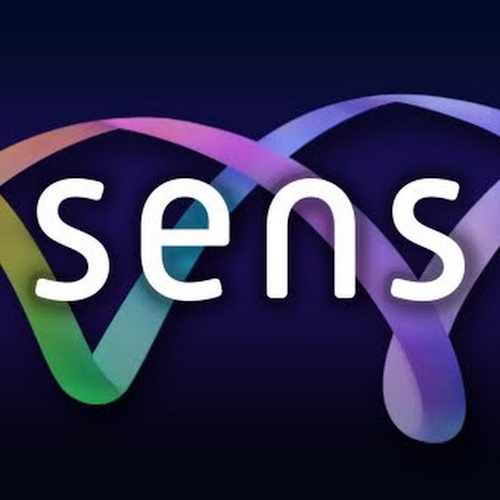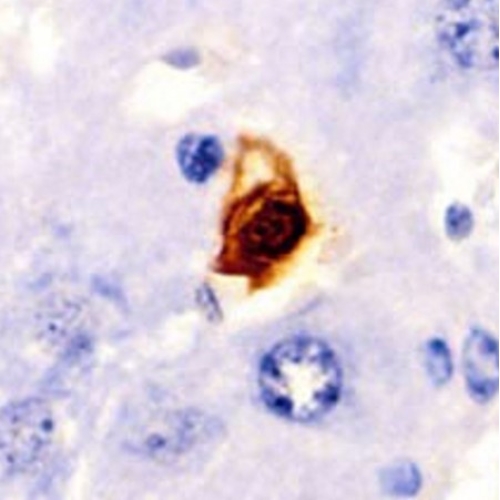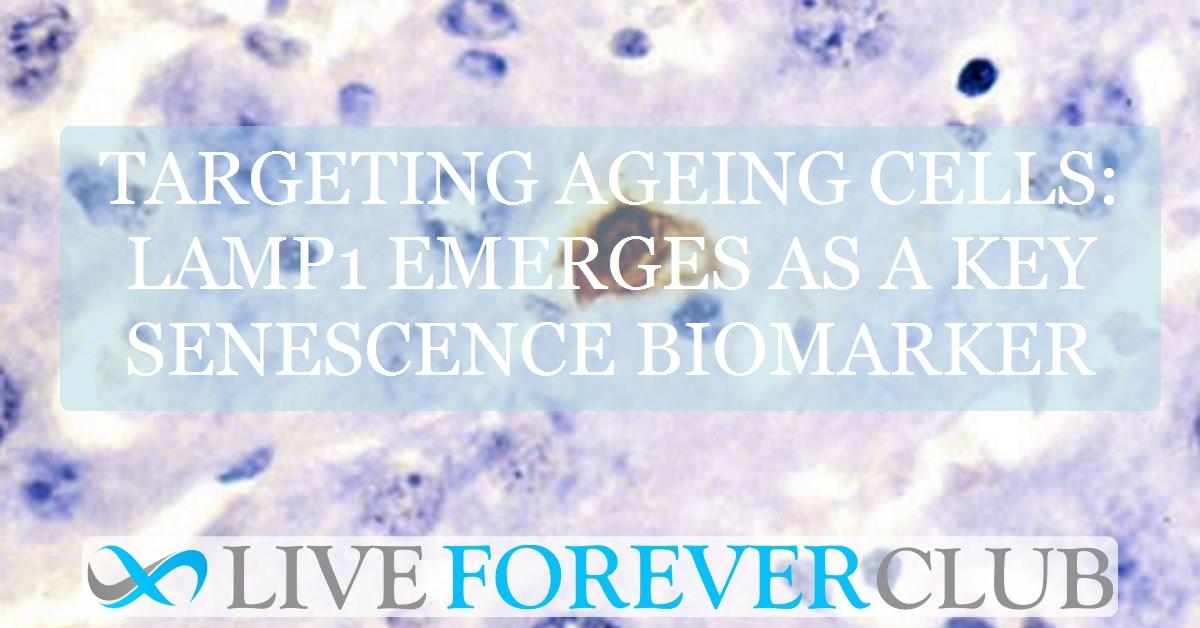Key points from article :
Researchers from the Lifespan Research Institute—a new entity formed by the merger of SENS Research Foundation and Lifespan.io—have identified a potential surface biomarker, LAMP1, that could revolutionize how scientists detect and target senescent cells. The study, led by Dr. Amit Sharma, offers a promising strategy for developing therapies that selectively eliminate harmful senescent cells without affecting beneficial ones.
Cellular senescence, a process where damaged cells stop dividing but remain metabolically active, contributes to aging and age-related diseases by releasing inflammatory molecules. However, the same process also plays beneficial roles in development and wound healing. The challenge has been distinguishing harmful senescent cells from helpful ones. By examining publicly available datasets and conducting experiments on human fibroblasts and mice, the team found that LAMP1, a lysosome-associated membrane protein, is highly expressed on the surface of senescent cells—particularly in diseased or inflamed tissues.
Their in vivo studies using mice with a model of idiopathic pulmonary fibrosis (IPF) revealed that LAMP1 expression correlated with the presence of senescent cells in inflamed tissues, especially among myeloid cells thought to drive pathology. In contrast, in healthy mice, LAMP1 expression was mostly limited to endothelial cells, suggesting the potential for LAMP1 to help differentiate between beneficial and harmful senescent populations.
Finally, the researchers tested an antibody-drug conjugate targeting LAMP1, which effectively killed senescent cells in culture while sparing healthy ones. This proof-of-concept indicates that LAMP1 could serve as both a diagnostic marker and a therapeutic target, paving the way for safer and more precise senolytic treatments that tackle aging and age-related diseases.







